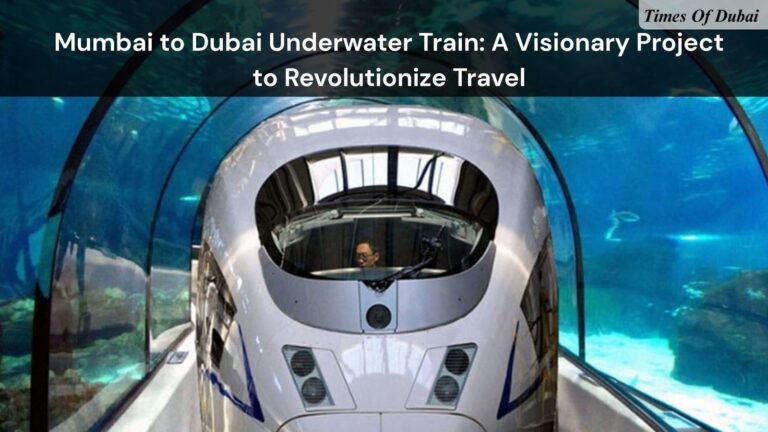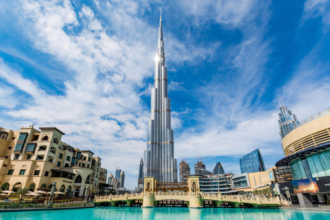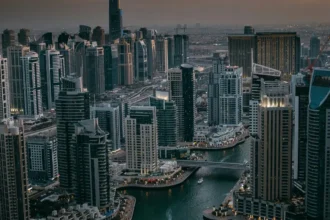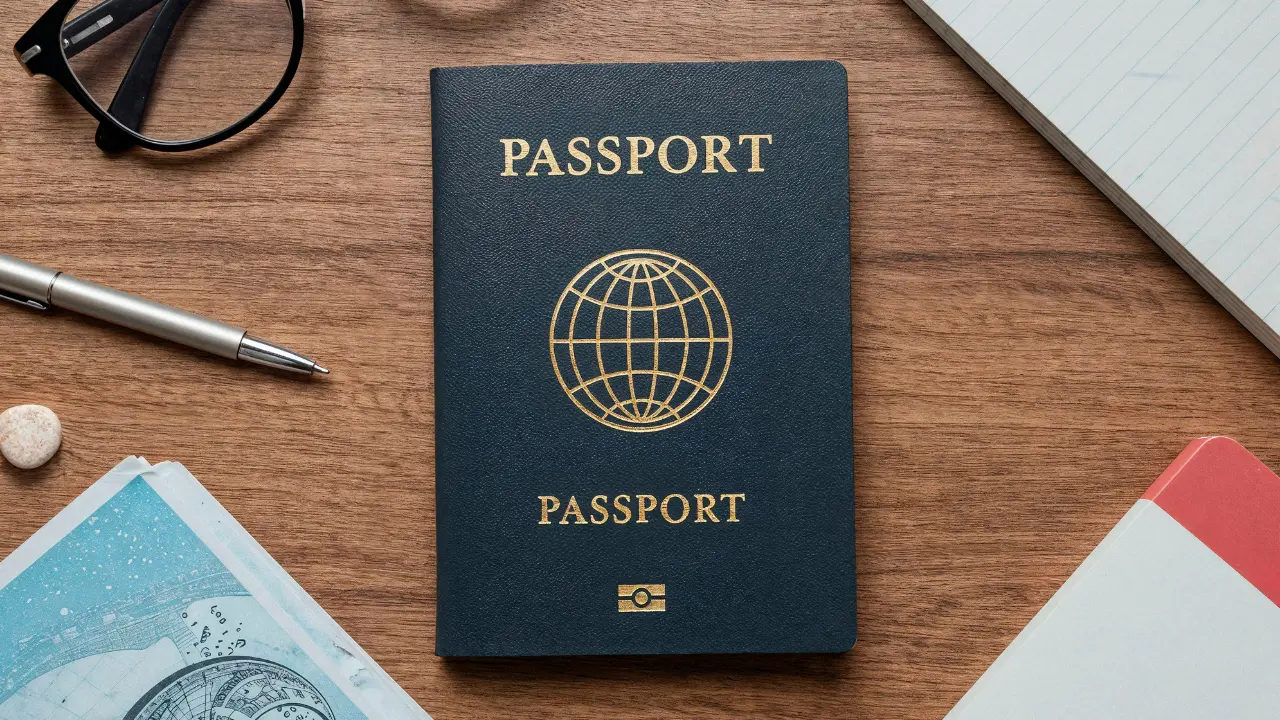Mumbai, April 2, 2025: Just imagine traversing the distance between Mumbai and Dubai within two hours and enjoying the breathtaking views beneath the waves. That may become possible soon through the proposed Mumbai to Dubai underwater train project. Initiated by the UAE-based National Advisor Bureau Limited (NABL), the project is an ambitious one that would connect the two cities through an underwater high-speed rail link.
It is an ambitious project to revolutionize international travel and trade. With trains plying at speeds of up to 1,000 km/h, this advanced mode of transport not only saves time but also facilitates more economic and cultural ties between the UAE and India. The Mumbai to Dubai underwater train is designed to carry people as much as cargo, including crude and drinking water, and is thus a double-purpose engineering feat.
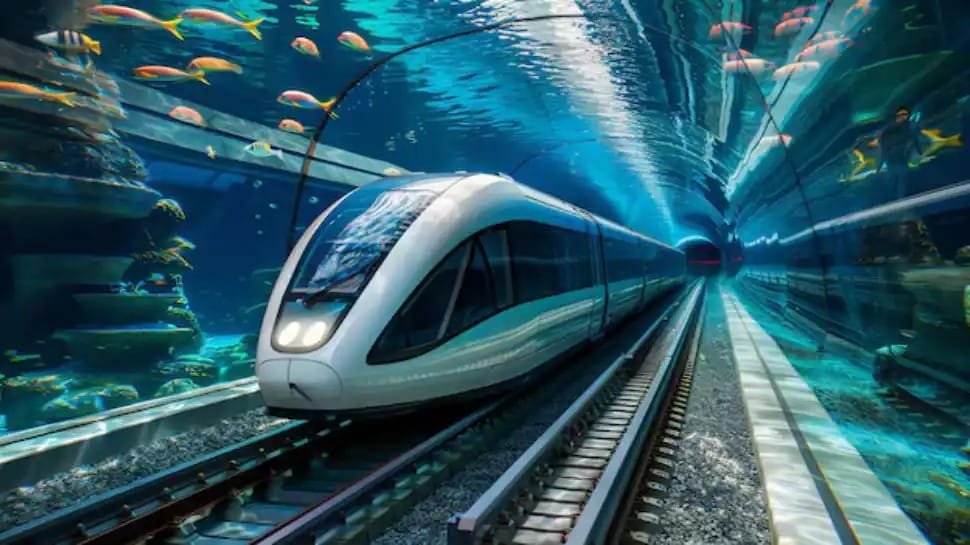
Features of Mumbai to Dubai Underwater Train
The Mumbai to Dubai underwater train is going to be a game-changer when it comes to global connectivity. Here are its key features:
- Travel Time: The travel time takes merely two hours, reduced from the current four-hour flight.
- Speed: The trains will run between 600 km/h and 1,000 km/h.
- Distance: The railway connection would span around 2,000 kilometers across the Arabian Sea.
- Cargo Transport: The train would transport goods such as crude from the ports of UAE to India and fresh water from India to the UAE.
- Underwater Experience: Panoramic views of marine life are to be enjoyed by the passengers when they use Mumbai to Dubai underwater train.
- Timeline of completion: The project would be operational by 2030 upon approval.
| Feature | Details |
|---|---|
| Distance Covered | ~2,000 kilometers |
| Maximum Speed | Up to 1,000 km/h |
| Travel Time | 2 hours |
| Cargo Transport | Oil, water, and goods |
| Estimated Completion | By 2030 (pending approval) |
Features
This groundbreaking project has drawn international attention due to its promise to change global travel and trade.
- Enhancing Trade: The railway connection will facilitate the movement of vital commodities such as crude oil and fresh water, reinforcing economic relations between India and the UAE.
- Tourism Expansion: Quicker travel durations will draw in additional visitors between the two countries, enhancing tourism profits for both.
- Sustainability: The train offers an environmentally friendly option to flying by greatly lowering the carbon emissions linked to aviation.
- Economic Advancement: Enhanced connectivity will generate fresh opportunities for enterprises in both nations and promote regional economic expansion.

Key Comparisons Between Air Travel and Underwater Train
| Feature | Current Air Travel | Proposed Underwater Train |
|---|---|---|
| Travel Time | 4 hours | 2 hours |
| Speed | ~900 km/h | Up to 1,000 km/h |
| Environmental Impact | High emissions | Lower emissions |
| Cargo Transport | Limited | Includes crude oil & water |
| Scenic Experience | A Very Few | Underwater views |
Issues Facing the Project
Even though the Mumbai to Dubai underwater train is an interesting possibility, it is faced with several obstacles that would have to be addressed before it becomes a reality:
Engineering Challenges
- Constructing a 2,000-kilometer tunnel under the Arabian Sea is unprecedented and highly complex.
- Managing underwater pressure and ensuring structural stability are significant engineering hurdles.
Environmental Concerns
- Marine ecosystems could be disrupted during construction activities.
- Noise pollution and vibrations from high-speed trains may affect aquatic life in the region.
Financial Investment
- The project requires billions of dollars in funding, making it one of the most expensive infrastructure projects ever proposed.
- Securing investments from both governments and private entities is crucial for its success.
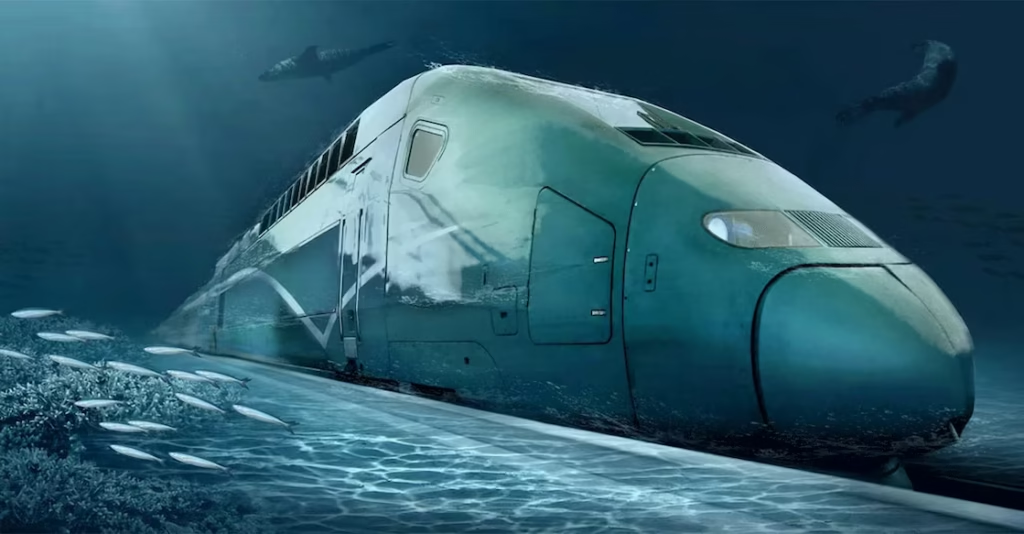
Regulatory Approvals
- Feasibility studies and environmental clearances could delay progress.
- Both India and UAE must align on legal frameworks and permissions for construction and operation.
Visualised Challenges Using a Tree Diagram
Mumbai to Dubai Underwater Train Challenges
├── Technical Challenges
│ ├── Underwater Tunnel Construction
│ └── Maglev Technology Implementation
├── Environmental Concerns
│ ├── Marine Life Disruption
│ └── Noise Pollution
├── Financial Constraints
│ ├── Multi-Billion-Dollar Investment
│ └── Securing Stakeholder Funding
└── Administrative Hurdles
├── Government Approvals
└── International Collaboration
The Road Ahead The Mumbai to Dubai underwater railway project is a vision of the global travel and trade of the future. Successful completion by 2030 would revolutionise travel and transport between India and the UAE. However, whether this becomes possible or not is subject to overcoming enormous engineering, environmental, financial, and regulatory obstacles. Though deliberations are underway among stakeholders, experts believe it to be feasible.
For the moment, this visionary plan is testament to human ingenuity and our relentless pursuit to innovate transport. Whether or not this vision becomes a reality or is just an overambitious plan is yet to be seen. Something is certain however, if ever completed, the Mumbai to Dubai underwater train would be an engineering marvel of the times!
Also Check: Gold Rate Predicted to Hit $3,400: What This Means for Smart Investors and Buyers


